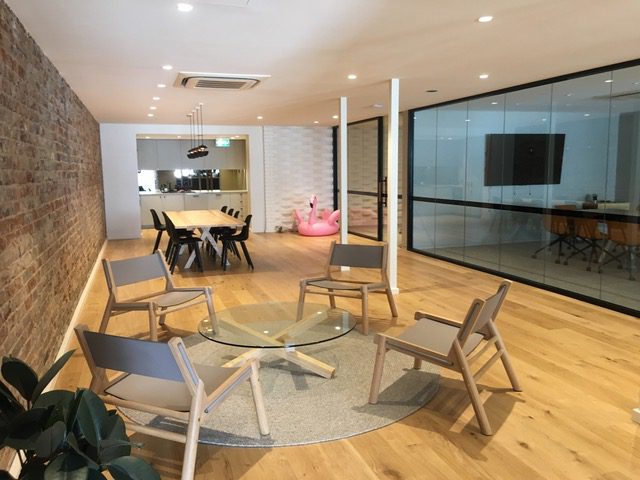
The rise of service industries in the retail property market
The old Ribs and Rumps location was turned into commercial office space with beachfront views after the iconic restaurant closed in 2017.
A change in the consumer landscape has led to a paradigm shift in retail property that has enticed landlords to broaden their leasing prospects from traditional goods retailers to service retailers.
While food, beverage, clothing and homeware businesses once dominated high street spaces, in the past few years, commercial offices and health and wellbeing providers, such as gyms, physios and yoga studios, have become a common sight.
Although underlying demand is still present, landlords in the Manly retail space may need to rethink their current tenancy strategy, particularly if they have a property that has struggled in recent years – namely first floor retail space.
The changing consumer landscape:
The advent of e-commerce has had a significant effect on goods retailers, with many struggling to maintain brick-and-mortar stores in the face of more people browsing and ordering online.
However, although the boom may have slowed the expansion of physical stores, 63 per cent of Australians still prefer in-store shopping experiences—albeit, perhaps for a different reason.
The trend we are currently seeing is towards service-orientated businesses as consumers favour personal, hands-on and immersive shopping experiences.
Having a clear point of difference that makes shopping memorable and enjoyable, whether through delivery, fulfilment, community or other factors, sets certain retailers apart.
Web-rooming and show-rooming have also risen in popularity as consumers either research a product online but purchase it in a physical shop, or vice versa. In both scenarios, the hands-on experience in-store is a key part of the purchase pathway.
Additionally, consumers are seeking out the convenience of all their goods and services in the one location, drawing many health and wellbeing retailers to high street locations, such as shopping strips and centres, that they previously didn’t occupy.
The impact on commercial real estate:
In the wake of this development, many goods retailers have struggled to stay afloat, even in strong markets like Manly.
The response of many successful businesses has been to downsize, focusing instead on providing the best user experience through aesthetic retail design, rather than stockpiling large quantities of goods in-store.
Restaurants have also moved away from excess space, with demand for huge square meterage to accommodate large groups shrinking as delivery services have increased in popularity.
Some retailers have even gone so far as to move all their transactions online, foregoing face-to-face sales entirely as one commercial kitchen we know of in Brookvale has done.
For landlords in the Manly market, this means thinking outside the box when it comes to leasing their property and targeting different types of retailers, including commercial offices and allied health providers.
This can require a significant change in perspective and expectations. Manly has had a good run for a long period, and while there is definitely still underlying demand, I find that many landlords are out of touch with the current market.
For spaces which are a bit challenging, whether because of shape, frontage, location, size or unusual features, landlords should aim to attract service industries as opposed to focusing solely on goods retailers.
Where one type of business has struggled, another type may flourish and provide an opportunity to future-proof the property and maximise revenue.
First-floor properties and commercial offices:
We have seen this strategy succeed numerous times in first-floor properties, where the limited street and foot traffic exposure is a factor.
Placing “softer uses” such as commercial offices in these spaces, instead of traditional retailers, tends to lead to a better yield and improved longevity.
Additionally, there are less hoops to jump through when placing a new tenant and reduced turnover costs as a fit-out often only requires new carpet and paint.
Demand is also high: I receive approximately 20 commercial office enquiries for first-floor spaces for every one restaurant enquiry.
The success of this type of move can be seen in the old Ribs and Rumps property on South Steyne, which has now been converted into commercial offices with beachfront views after the restaurant closed in 2017.
Ground-floor properties and health providers:
Ground-floor spaces, with their higher rent, are generally less appropriate for commercial offices, who often don’t need the increased exposure.
However, landlords looking at alternative retailers for their properties would do well to consider health and wellbeing operations.
While you may have to accept a slightly lower rent in some instances, businesses will often stay longer, allowing landlords to maximise their revenue.
The bottom line:
Manly is still a tight commercial market, with low vacancy rates and a quick turnaround on properties.
However, there has been a paradigm shift in recent years and savvy landlords will be quick to take advantage of it by targeting different types of retail operations.